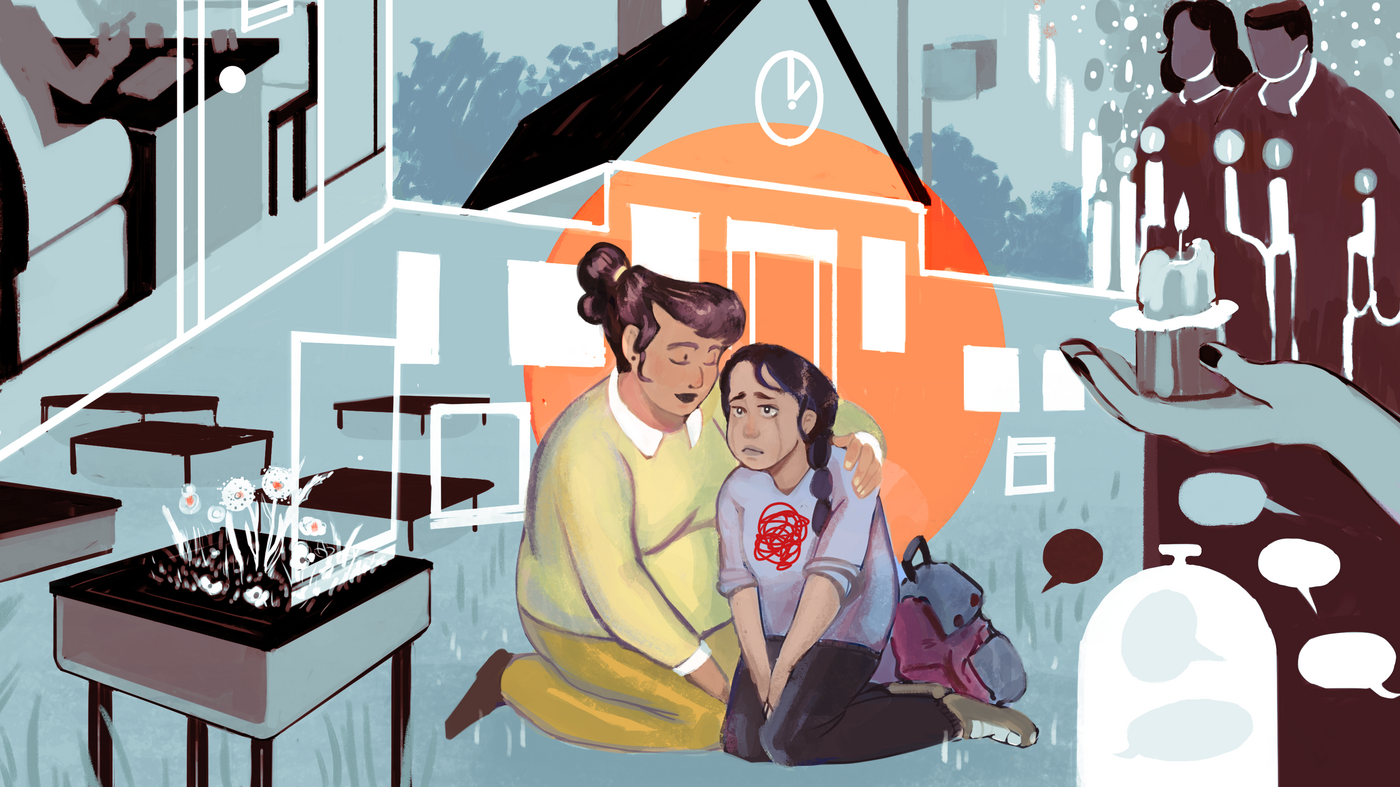
"School officials have issued warnings to parents ahead of the second season of the Netflix drama "13 Reasons Why," which premieres this week. The first season, which centered on the suicide of a high school student, triggered cautions from the National Association of School Psychologists. Netflix has responded to concerns by adding PSA-style messages filmed by the cast and putting up a web site with links to resources."
"The national attention comes at a time when, new research suggests, one in five teens may have considered suicide. And school leaders are starting to recognize that they have a lifesaving role to play. Suicide is the second leading cause of death for teenagers. And experts argue it's more than just an individual mental health issue. It's a public health issue, affected by the web of relationships that exists in the place where most teenagers spend more waking hours than anywhere else."
"It asks a range of questions about topics like bullying and feelings of belonging. On average, one in five students answered "yes" to the question, "During the past 12 months, did you ever seriously consider suicide?" This is known as "suicidal ideation" and is an important indicator of someone who might be seriously depressed, anxious, stressed or who may actually attempt suicide."
Warnings urged parents before the second season of Netflix's 13 Reasons Why after the first season centered on a student's suicide and prompted professional cautions. Netflix added PSA-style messages and a resource website. New research indicates about one in five teens may have considered suicide. Suicide is the second-leading cause of death for teenagers. Experts frame suicide as a public health issue shaped by school relationships and environments. A Pediatrics study using the California Healthy Kids Survey found suicidal ideation averaged 20% but varied widely across schools, from 4% to 67%.
Read at www.npr.org
Unable to calculate read time
Collection
[
|
...
]